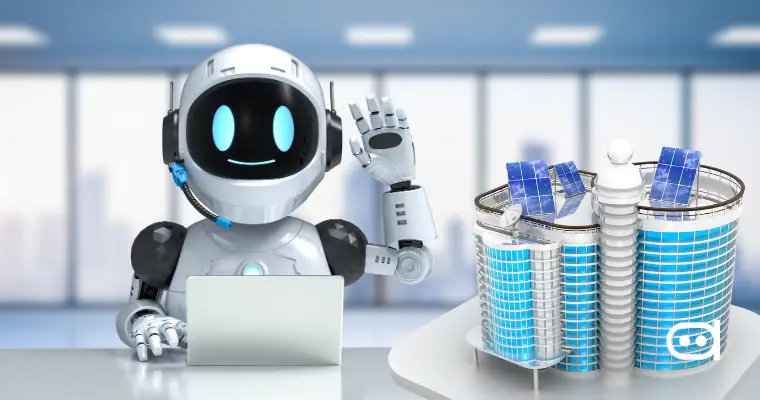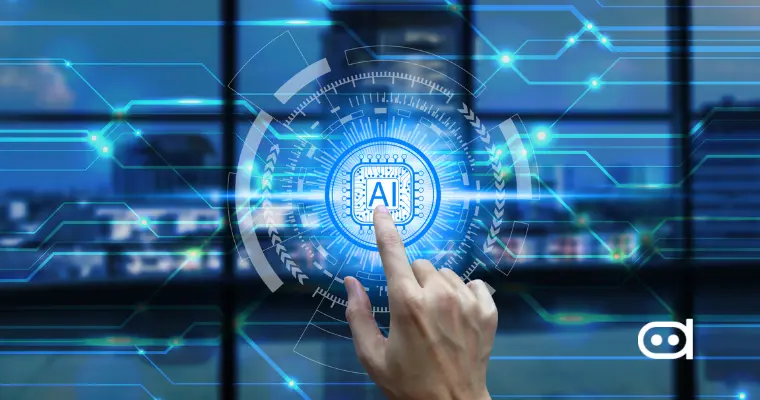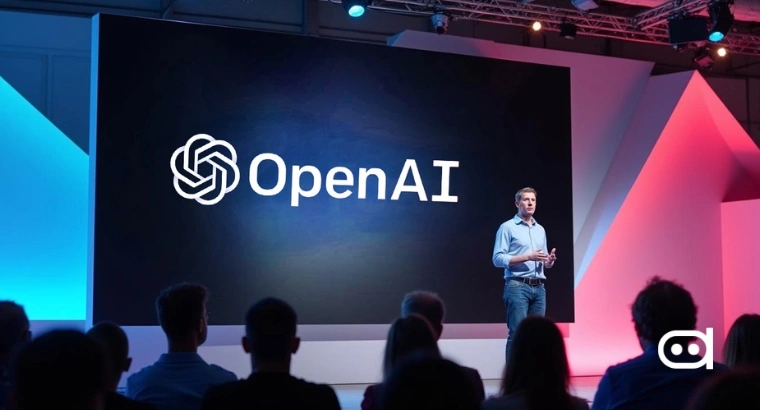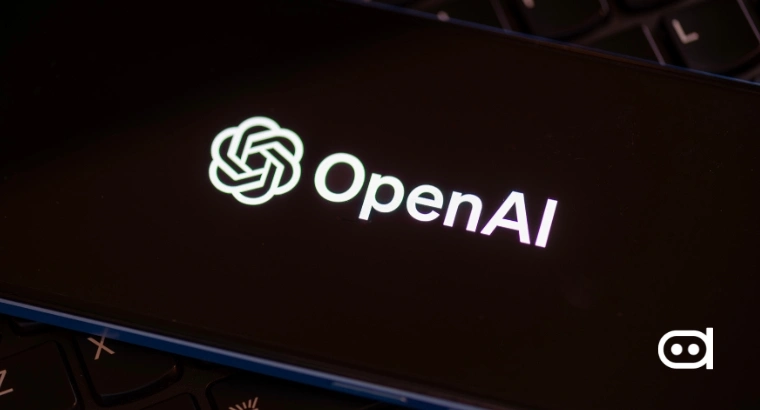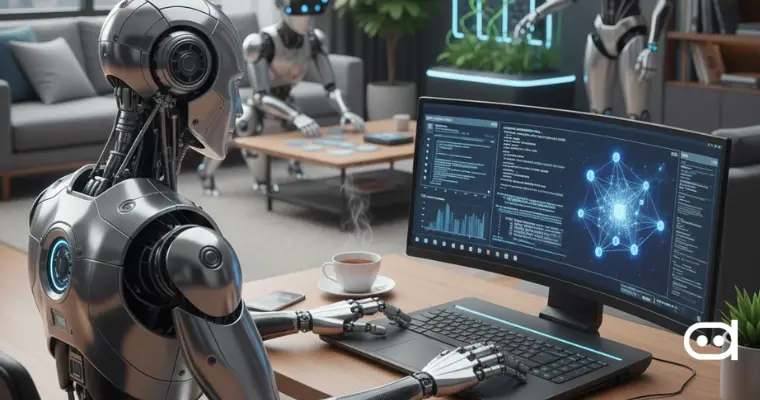
There has never been a time when artificial intelligence was more within reach. Just ten years ago, experimentation with machine learning was limited to the possession of costly servers, powerful computer graphics, and access to university-level laboratories. Nowadays, with the help of highly efficient frameworks, inexpensive hardware, and the cloud, everyone can access AI technology through a personal laptop.
With the demand for AI specialists rapidly increasing, making your own AI lab at home is a smart way of learning, trying, and gaining real experience. If you are an enthusiast, student, or beginner, build your own home AI lab to carry out significant AI experiments at home without the necessity of a giant infrastructure
What Is an AI Lab? A Simple Breakdown
A home AI lab is a personal environment where you have the necessary hardware, software, tools, and datasets to run learning projects and experiments. The difference between a home AI learning lab and a corporate research lab is that the latter resorts to hands-on experimentation and self-learning, while the former allows for massive-scale production systems.
Your setup can be as simple as:
- A laptop with an entry-level GPU
- A cloud notebook environment
- Open-source machine learning frameworks
Or as advanced as:
- A dedicated PC with multiple GPUs
- Local server stack
- Edge devices like Raspberry Pi for IoT and robotics
A home lab for AI provides a platform for experimenting with technology across key subfields, such as:
- Machine Learning
- Deep Learning
- Natural Language Processing
- Computer Vision
- Automation and AI-assisted Tool Building
What Makes Building Your Own Home AI Lab Worthwhile?
Home AI lab is a great tool for learning that lets you:
- Learn AI through practice, not just reading
- Create actual portfolio projects
- Conduct experiments without being restricted by the organization
- Model your own training
- Test numerous tools and frameworks
- Gain a complete understanding of the real-world workflows
- Keep on improving and enhancing your skills
Types of AI Experiments You Can Run at Home
You can have AI builder labs that allow a variety of practical projects, ranging from easy to complicated ones. Below is a summary to help you prepare your experimentation roadmap:
| Experiment Type | Tools | Skill Level |
| Image classification | TensorFlow, PyTorch | Beginner |
| Chatbot creation | GPT models, Rasa | Beginner/Intermediate |
| Speech-to-text or text-to-speech | Whisper, Mozilla STT | Intermediate |
| Object detection | YOLO, OpenCV | Intermediate/Advanced |
| Edge ML with microcontrollers | TensorFlow Lite, Raspberry Pi | Advanced |
Steps to Build Your Own Home AI Lab
Step 1: Define Your Project/Problem
Decide on the objective of your AI lab, like the training of models, data experimentation, or process automation.
Step 2: Assemble Your Hardware & Environment
Upgrade to a state-of-the-art machine with the best CPU/GPU or a Raspberry Pi and set up your workplace with storage and air conditioning that meet the needs of the machine.
Step 3: Gather & Prepare Your Data
Obtain the datasets that you need, clean, and format them so that they are ready for machine learning experiments.
Step 4: Choose Your Tools & Frameworks
Make sure that all the necessary tools, including Python, TensorFlow, PyTorch, Jupyter Notebooks, and related libraries, are installed.
Step 5: Build & Train Your First Model
Create a simple ML model, train it on a small portion of the data, and analyze the output so that you understand the process.
Step 6: Test & Validate Your Model/Setup
Assess the accuracy, performance, and reliability so that you can be sure that the model is working as expected.
Step 7: Deploy & Use Your Model
Join your trained model with a simple app, script, or interface for the purpose of practical use.
Step 8: Continuously Improve Your Lab & Experiments
Over the years, the hardware will be upgraded, the tools tried, the experiments refined, and the AI capabilities expanded continually.
Tips & Best Practices for Your Home AI Lab Setup
To optimize the use of your workspace:
- Isolated virtual environments must be used for each work to avoid conflicts of dependency
- If the hardware is limited, then the cloud training is the best starting point
- The experiments should be documented like a research log
- Utilize GitHub for the purpose of keeping track of model development
- Hold off on the upgrading of hardware until the need has really arisen
- Participate in AI communities so that home AI learning becomes quicker
Also Read: How Businesses Can Boost Sales Using ChatGPT Instant Checkout
Conclusion — You’ve Got This!
Setting up your personal AI lab at home is among the most effective ways to get familiar with modern AI. Before long, your environment will develop from a basic model training setup to a fully capable development lab that accommodates deep learning, NLP, automation, and deployment pipelines. Start small, experiment frequently, learn non-stop, and enjoy the process of being an AI future builder at home.


